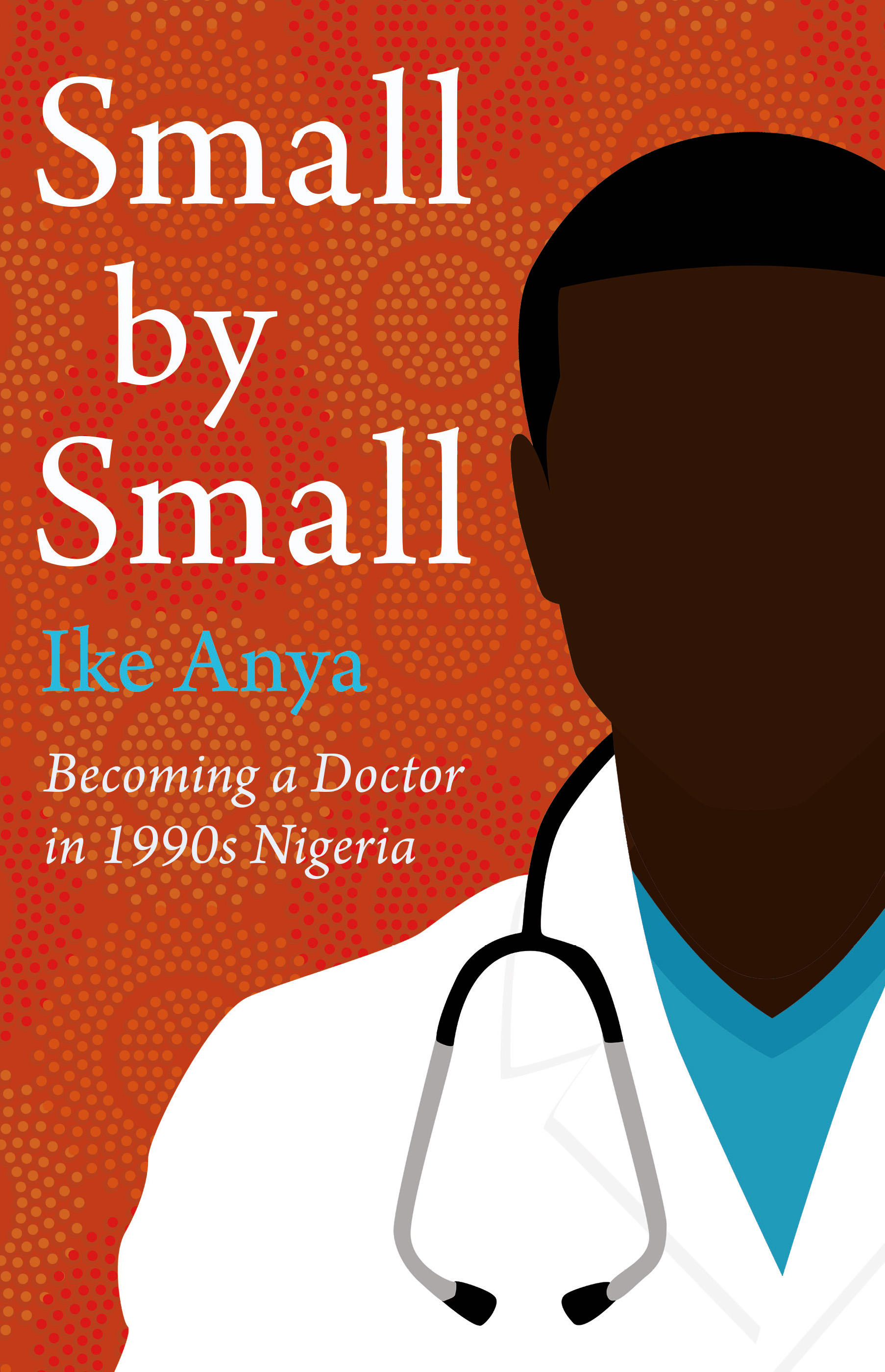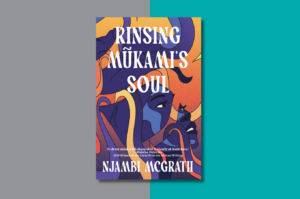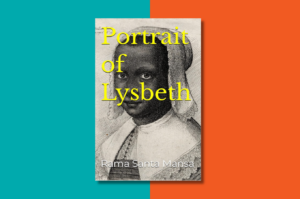Infertility, Miracles and Catching Babies
On a hot afternoon in the wood-panelled prefabricated Physiology theatre, we wait for an obstetrics and gynaecology lecture. Most lectures in this, our fifth year, are held at the hospital in the morning before ward rounds or clinics. For some reason – the professor’s convenience, perhaps – we meet today in the late afternoon on the university campus.
The professor, tall, dark-complexioned, in a simple ankara shirt over trousers, picks a piece of chalk from the lectern, walks over to the blackboard behind him, and writes a single word:
Infertility
He underlines it, then, says it out loud, his strong Anambra Igbo accent rendering it ‘Infer-ti-ri-ti’.
The class titters.
He pauses until silence is restored and with our eager pens poised over our notebooks, continues.
‘In England and the USA, a couple meet, fall in love and get married. In the process, they may or may not decide to have children.’
He pauses for effect. We wonder where he is going.
‘In Africa,’ he continues, ‘couples marry to have children. In the process, they may or may not fall in love.’
As the theatre erupts with laughter, his face turns stern, serious. ‘Don’t laugh! This is the truth. Therefore, for you, as doctors working in Africa, infertiriti is a vely vely important issue.’
His assertion rings true.
We all know women in our families and communities whose marriages fall apart under the pressure of trying to have children. There are numerous plays on this theme on television, many novels, many short stories. They tell of the anxious desperation that drives many of these women, even the most accomplished, to dirty side-street herbalist shacks, downing unknown, disgusting concoctions, or to prophets and prayer houses, seeking a child to secure their marriages, their places in society.
And it is the women, always the women; because among our people, it seems, the inability to have children is always the woman’s problem.
As the professor elaborates, highlighting the different kinds of infertility – primary, where conception has never taken place and secondary where a previous pregnancy has taken place, an empathetic hush falls across the class. The professor emphasises the delicate nature of the tests conducted when investigating infertility. He talks of the challenge his patients face persuading their husbands to accompany them to the fertility clinics. He discusses the psychological trauma infertility inflicts and enjoins us to always be patient and sensitive when seeing these patients.
A few days later, we are in a consulting room in the Gynaecology Outpatient Clinic. The consultant, dapper, fatherly, like a suave older uncle, wears an elegant dark suit, white shirt and dark tie. We observe the consultations as he sees patients. As each leaves, he briefly sums up learning points from her case.
The last patient enters, a young woman, about thirty-five years old. She is plump, well groomed, in an ankara up-and-down. Simple gold earrings glitter at her ears and a slender gold chain encircles her throat. Beaming, she clutches a sheaf of laboratory test reports, wedged against her shiny black leather handbag. Her familiar warm greeting and the bulging tattered file containing her case notes indicate that she is obviously an old patient, a repeat customer.
The consultant ushers her to sit, reviews her lab results, and passes them round to us, as he congratulates the woman. The reports include a positive pregnancy test, and a barrage of other general blood tests to assess her health. Everything is within normal limits, the consultant gives her a cursory general examination, then sends her to register for the antenatal clinics.
She leaves and he passes her case notes round. A skim read reveals her story. Married ten years without a child, she first came to our consultant three or four years ago, after trying a variety of doctors, midwives, herbalists and prayer houses. About six months after her first visit, her husband finally, grudgingly, accompanies her to see our consultant. The consultant has insisted he attend, having found nothing significant in her tests. His sperm count test results are recorded in the folder: the single word ‘azoospermia’ written in capital letters at the end. Unusually, he has had additional tests, including a testicular biopsy. They all indicate that he will never be able to have children.
However, there is an old antenatal card stuck at the back of her case notes, and the consultant had asked after her husband and son. The case notes confirm that she successfully delivered a healthy baby boy at our hospital two years ago. We are puzzled and look to the consultant for answers. Has she remarried, had some pioneering treatment?
‘Miracle! This is wonderful,’ exclaims one classmate, a very active member of an evangelical student fellowship.
Our consultant smiles wryly, reaches for the woman’s case notes, and with care, isolates the pages with the husband’s results. Ripping them out, he tears them into small pieces, tucks them into his trouser pocket, and addresses us:
‘As obstetricians, you will see many sensitive, delicate and complex issues. You people will need to think very carefully about the consequences of whatever you choose to do.’
He describes the woman at her first visit, almost delusional with the trauma of her infertility, and the ecstasy she and her husband displayed when she first got pregnant and then when she had her first baby. Now a second baby is on the way, making the happy family complete.
‘Perhaps it is indeed a miracle,’ he concludes, ‘but if it is not, who am I to pour sand in their garri?’
We leave the clinic stunned, and over the next few days we engage in furious debates over the rights and wrongs of the case.
History-taking in obstetrics and gynaecology is fraught with the sudden revelations of sensitive information like this. Asking about the frequency of sexual intercourse, previous pregnancies, previous terminations of pregnancy are all difficult. The difficulty is complicated often by secrets – secrets husbands withhold from their wives, or wives from their husbands. Stories of secret children by girlfriends or mistresses, of earlier pregnancies terminated, earlier warnings following accidents or illnesses that they may be unable to have children.
We begin to understand why the bond between our patients and their obstetricians and gynaecologists appears so strong.
The obstetricians seem materially better off than the other doctors, especially the physicians. Better dressed, driving sleeker cars, a whiff of expensive designer cologne often wafts through their consulting rooms. The key, it is said, is their lucrative private practice.
They also, generally, seem more cultured, milder-mannered than the surgeons. They regularly perform operations in theatre – gynaecological procedures and Caesarean sections – so the surgeons cannot as easily dismiss them as effete as they do the physicians. With its material benefits, close bonds with patients and a pleasant work culture, obstetrics seems like a good specialty and it becomes a popular potential career option for many.
***
Buy Small by Small here: Amazon (UK) | Bookshop | Sandstone Press
Excerpt from SMALL BY SMALL published by Sandstone Press Ltd. Copyright © 2023 by Ike Anya.










COMMENTS -
Reader Interactions